Smart, Autonomous, and Tough
This robot isn’t remote-controlled. The LYNX M20 can make its own decisions. Using a combination of visual SLAM, LiDAR, and infrared sensors, it maps the space and chooses the safest, fastest route.
You don’t need to babysit it—it just works.
It also supports pre-programmed patrols, live video feed, and automatic detection of faults or risks. For industrial safety teams and inspection crews, this means fewer people in harm’s way.
And more accurate, real-time data on what’s happening inside harsh environments.
Built to Work. Built to Last.
DEEP Robotics engineered the M20 with a focus on durability. The chassis is IP66-rated, meaning it resists water and dust. It can work in rain, mud, and even indoor industrial messes without blinking. The robot can also stand itself up after a fall and keep going, which is a huge deal for unmanned missions.
Compared to other mobile robots, including popular models like the Unitree B2, the LYNX M20 is tailored more for field-grade reliability and autonomous operation in complex, multi-level workspaces.
How the LYNX M20 Is Changing Industrial Work?
The LYNX M20 isn’t just made for show. It’s built to handle real jobs in some of the hardest places.
Let’s break down why this matters for industries like energy, rescue, and underground operations:
Keeps Workers Out of Danger
Some places are just too risky for humans. Power plants, tunnels, and disaster sites often have toxic gases, falling debris, or fire hazards. The LYNX M20 goes into these areas on its own. It checks equipment, scans the environment, and sends back clear data. This helps safety teams stay away from harmful zones and still get the job done.
The M20 doesn’t get tired. It can patrol sites day and night without needing a break. For companies that need 24/7 coverage—like electric utilities or industrial plants—this makes a huge difference. You get full-time monitoring without having to hire more people or send workers into remote places.
Finds Problems Before They Get Worse
Thanks to its thermal camera, LiDAR, and real-time mapping, the LYNX M20 can spot issues early. It detects things like overheating, broken parts, or blocked paths. Early warnings mean teams can fix things before they lead to major damage or outages. That saves time and repair costs.
Older robots often need someone guiding them with a remote or setting up the full path. The M20 is different. It builds a map as it moves. It knows how to get around on its own using smart AI. Teams can send it out quickly without needing a lot of training or prep time.
Built for Rough Environments
The design of the LYNX M20 helps it survive tough conditions. It’s waterproof, dust-resistant, and can stay stable on uneven ground. It doesn’t slip on wet floors and can get back up if it falls. That makes it perfect for outdoor work or places like chemical plants and factories.
Supports Fast Rescue Missions
In rescue operations, time is everything. The M20 can enter collapsed buildings, narrow tunnels, or flooded areas. It sends live video and thermal images, helping rescue teams find people faster. It also helps check if an area is safe before sending in people.
Explore What’s Next in Robotics with Toborlife AI!
Toborlife AI brings you the latest in robotics that actually make a difference. The LYNX M20 is designed for serious work in tough environments, not just for show.
If you’re comparing advanced robots or exploring industrial automation solutions, we’ve got tools, insights, and gear to help you stay ahead.
Visit our shop to discover the latest in robotics tech, and see how Toborlife AI brings you closer to the future!

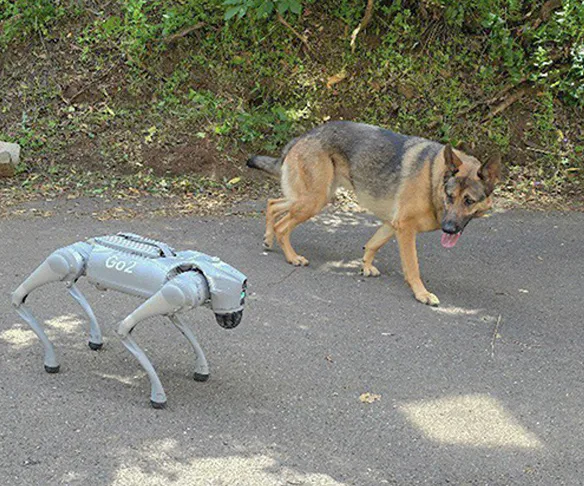
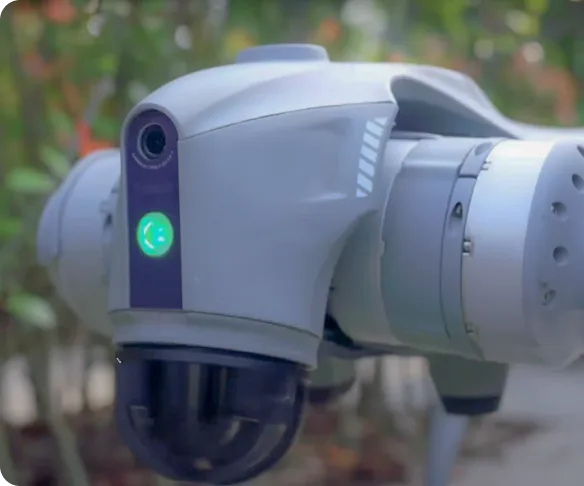
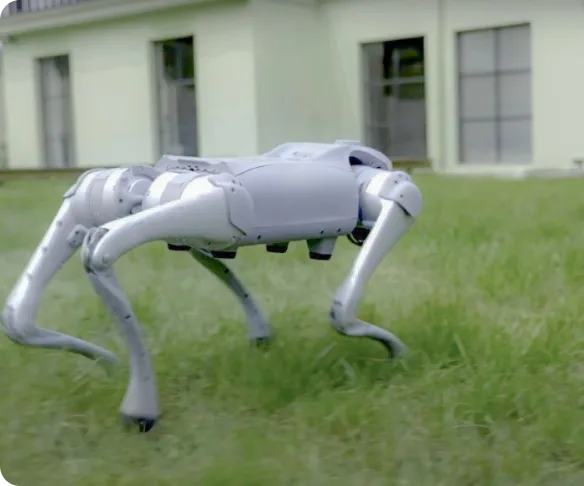
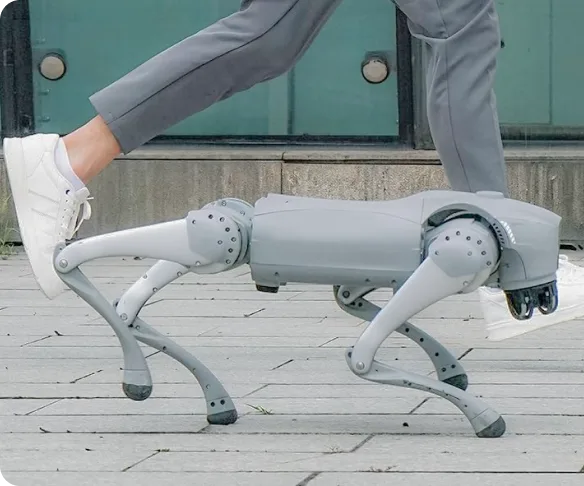

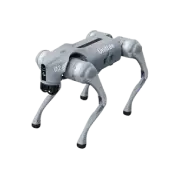

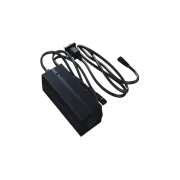
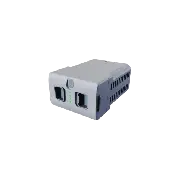
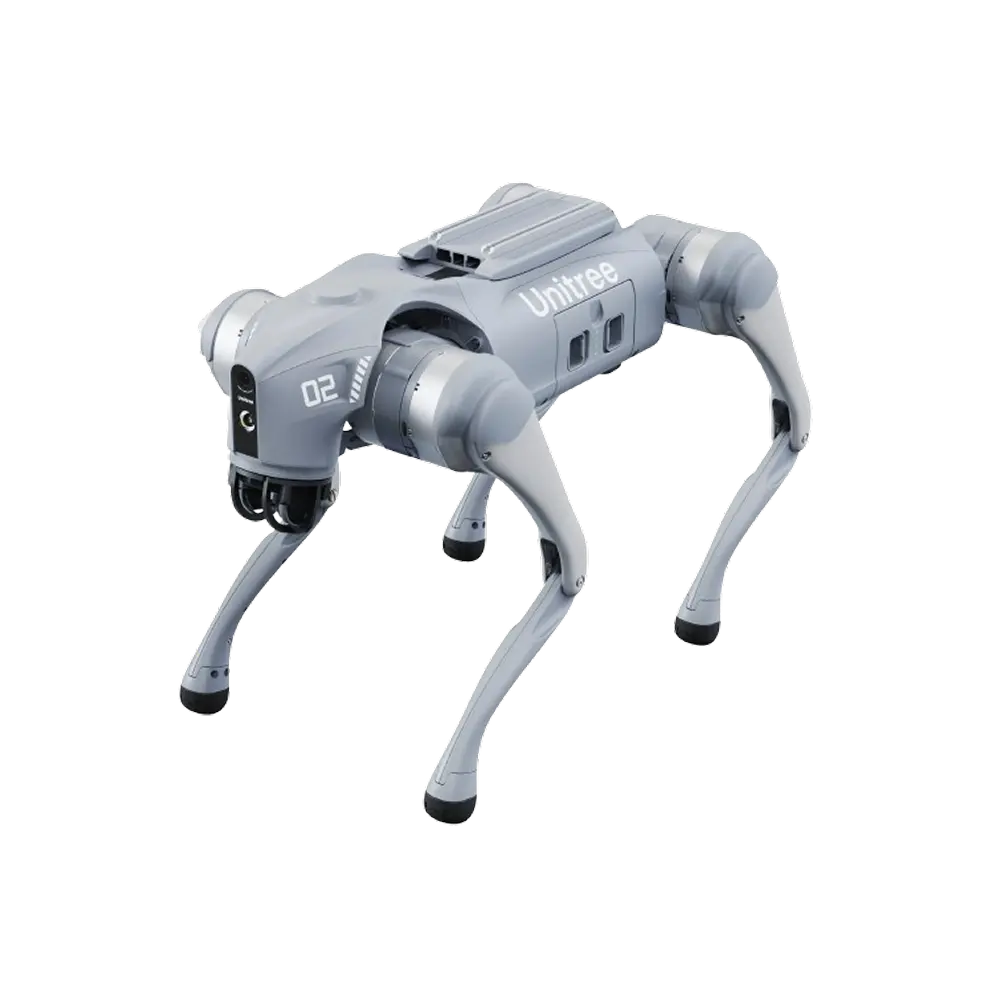
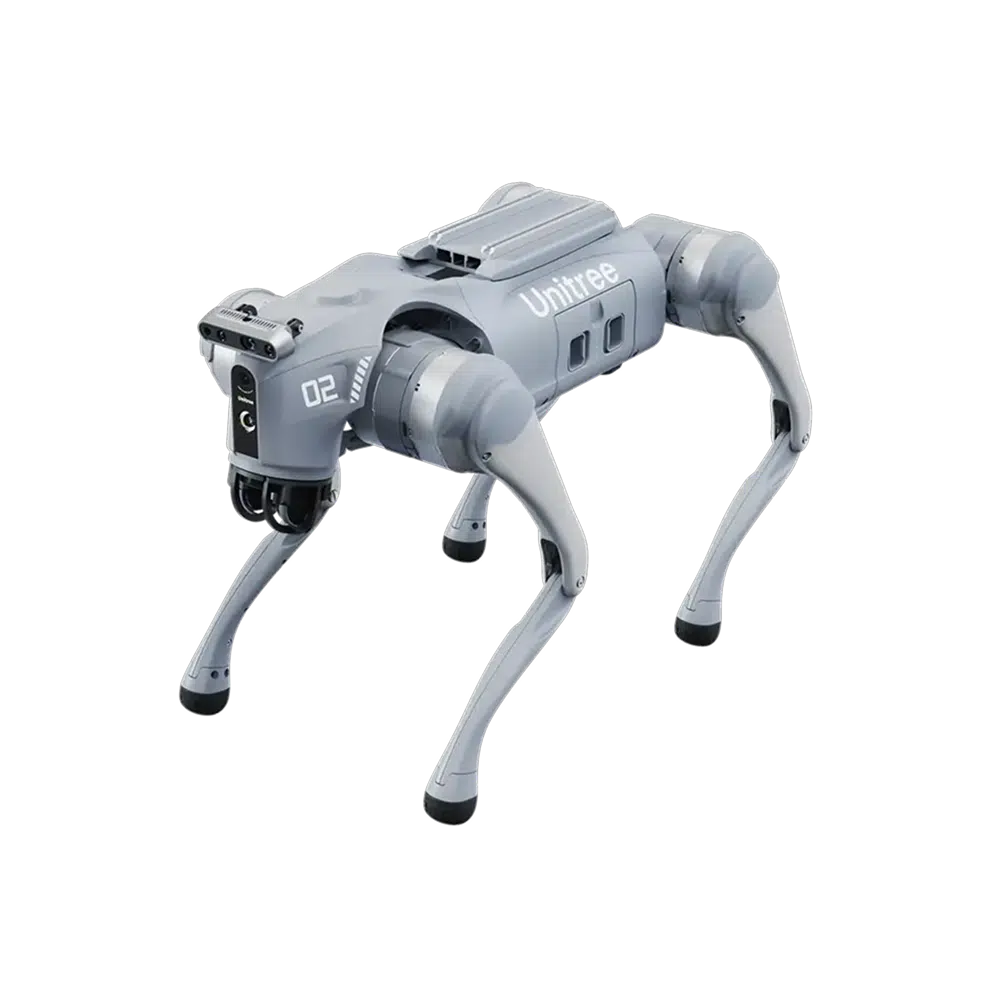
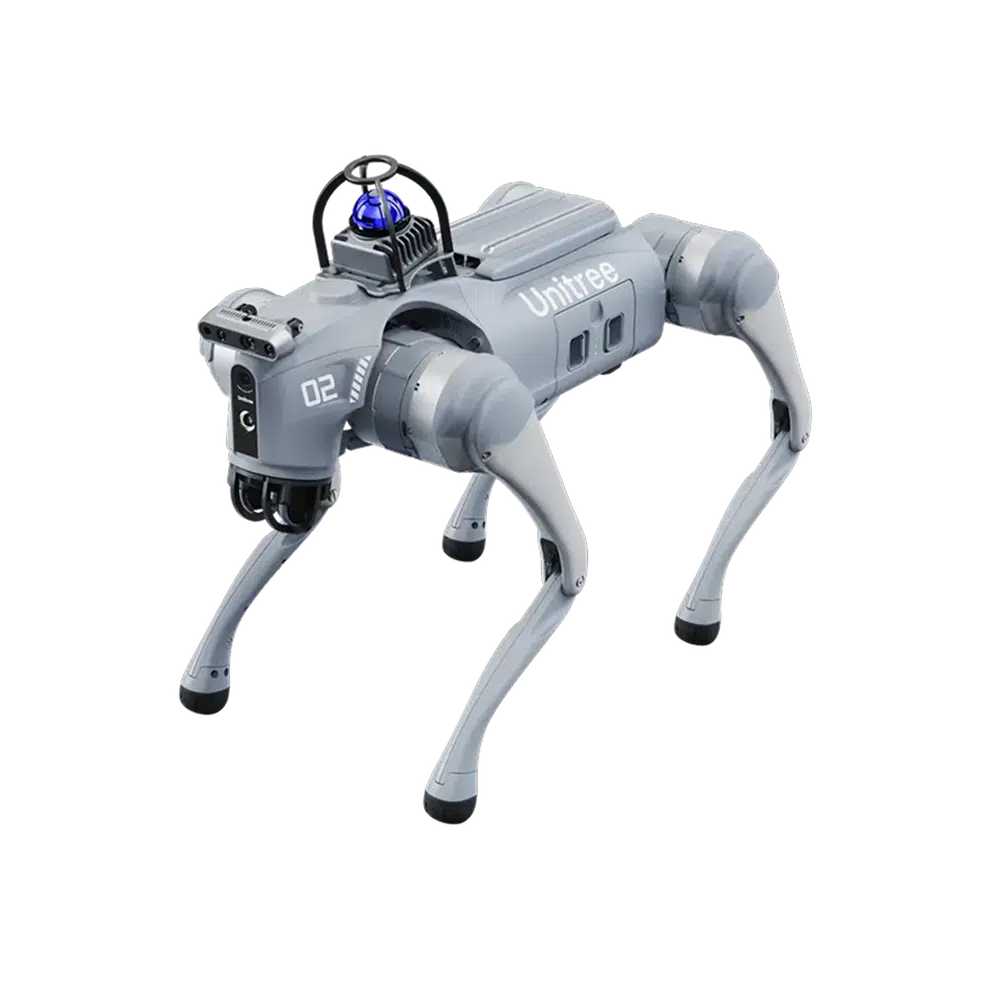
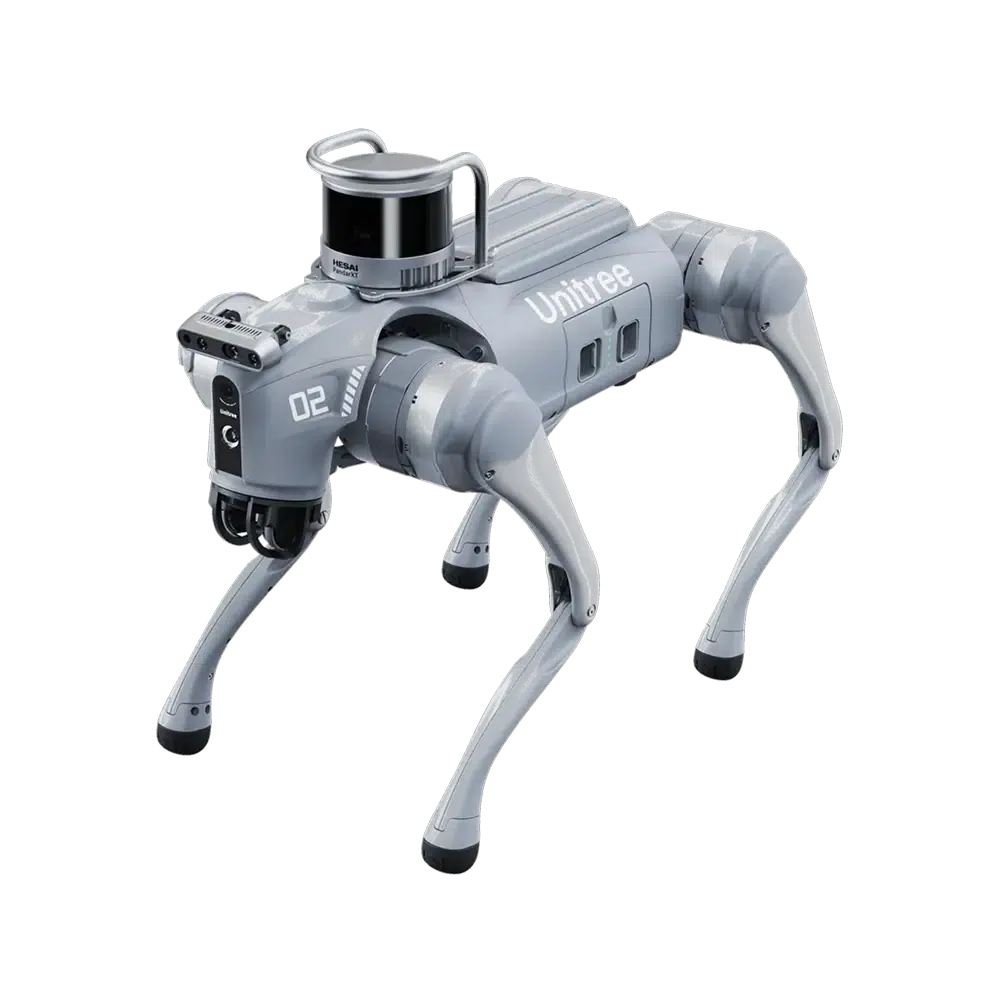











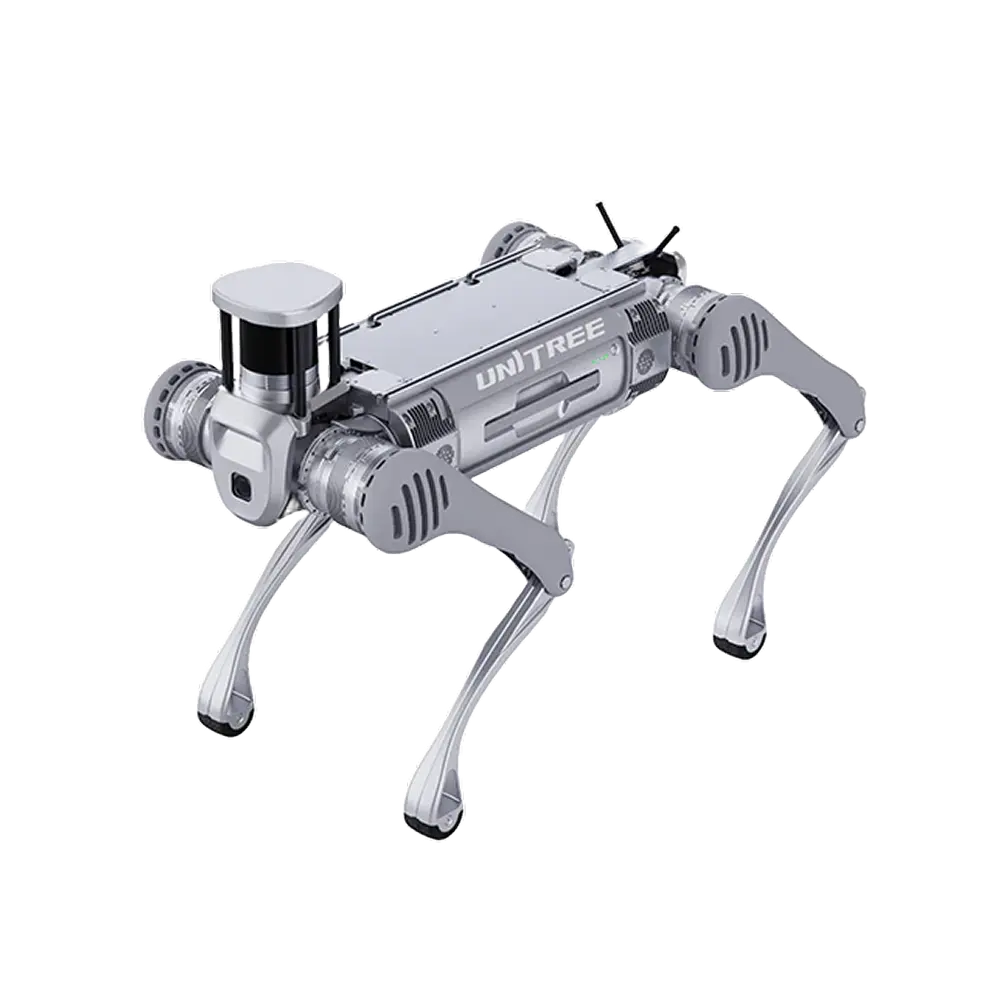
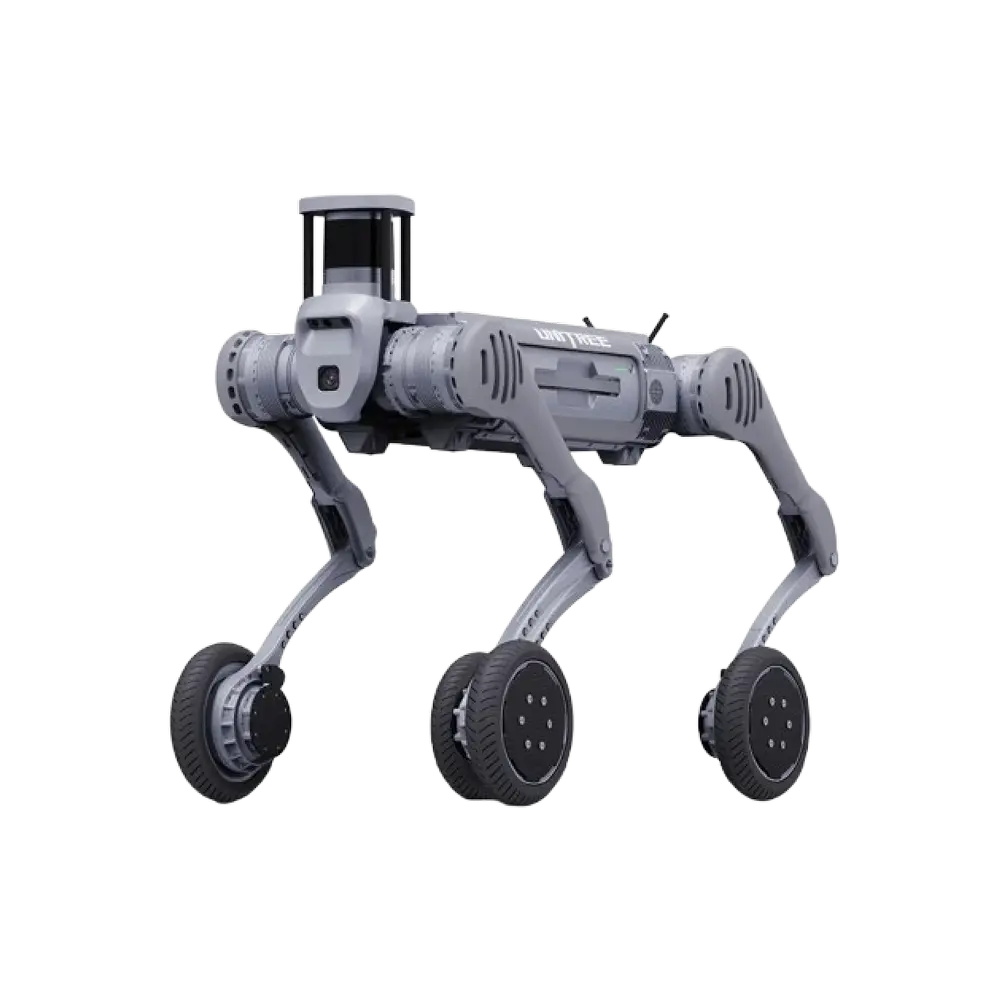
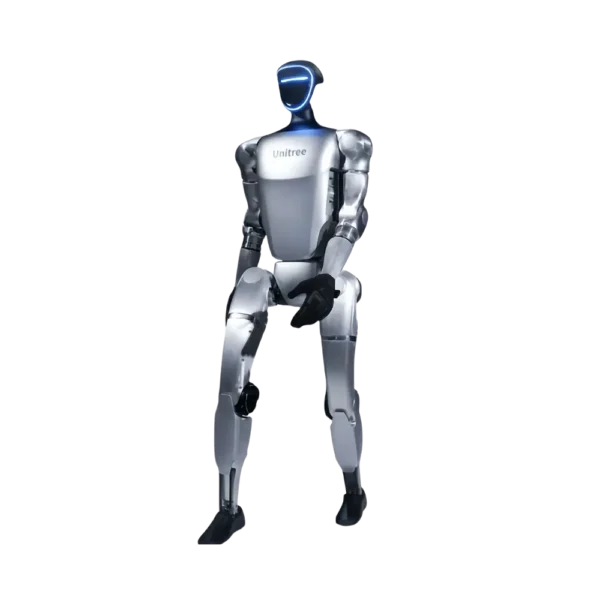
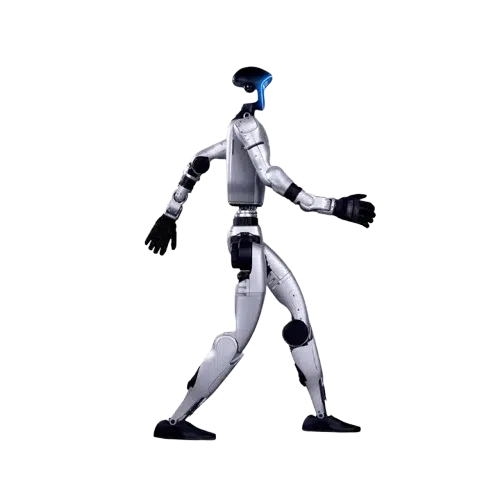
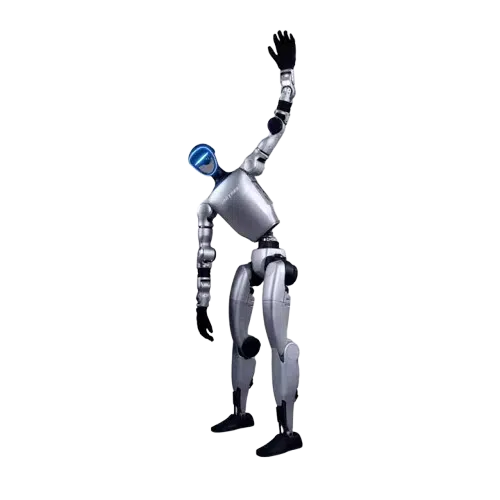
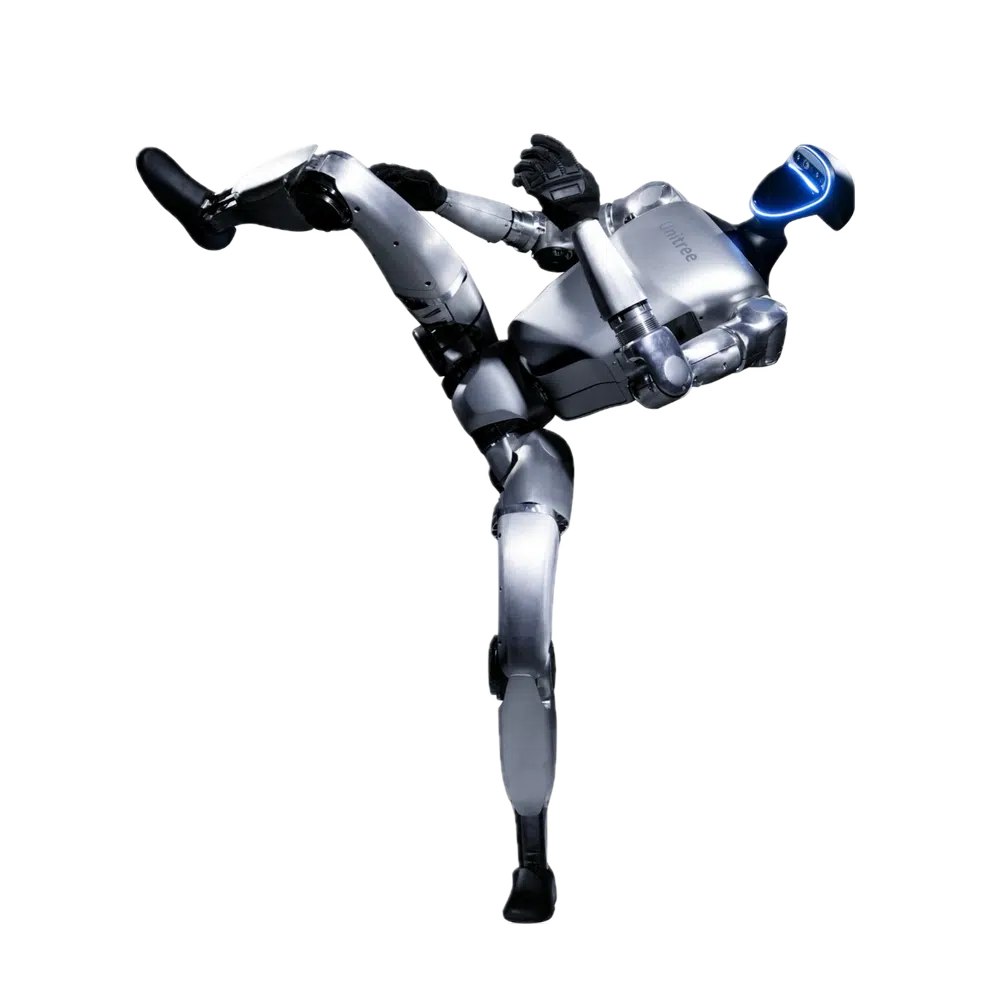

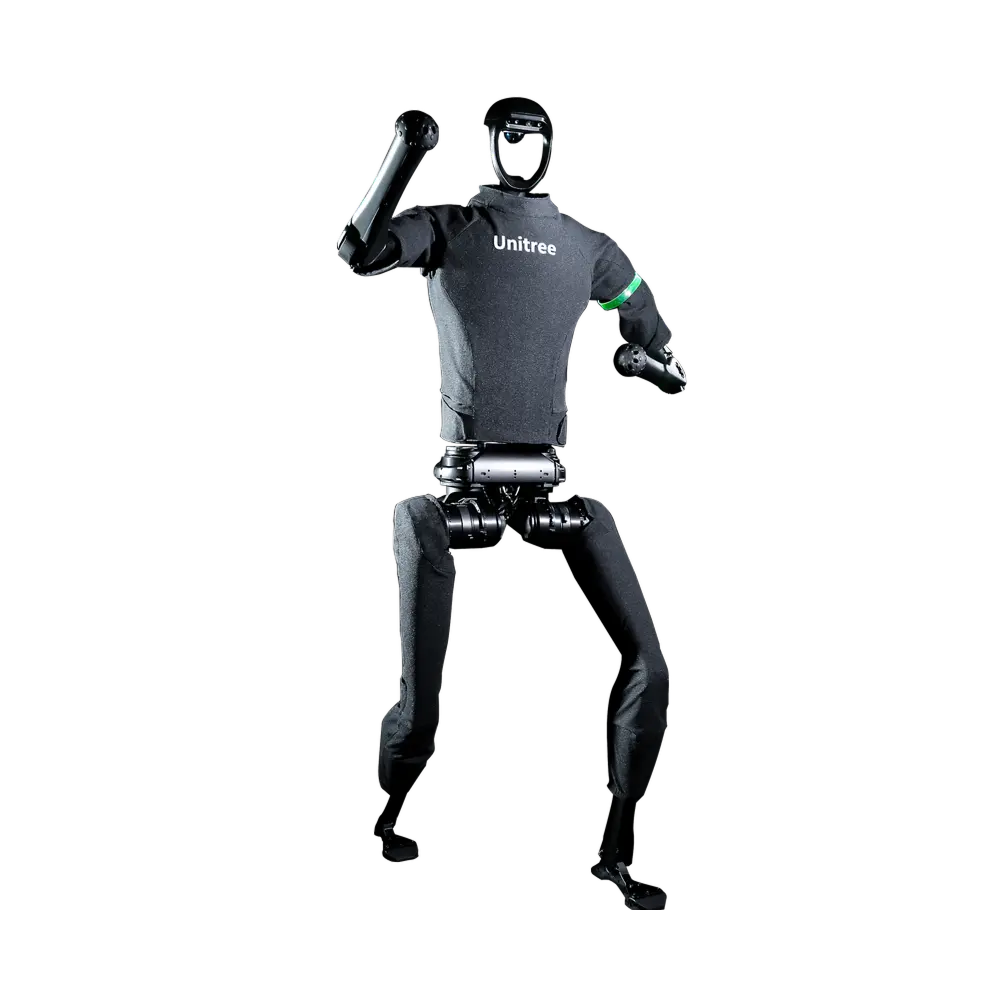
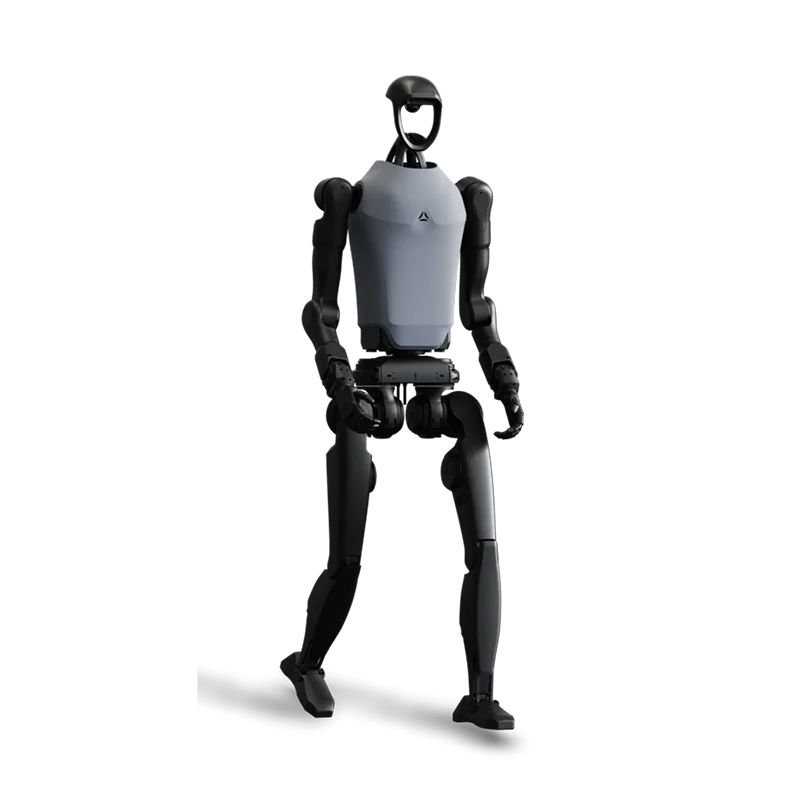

Comments are closed for this post.